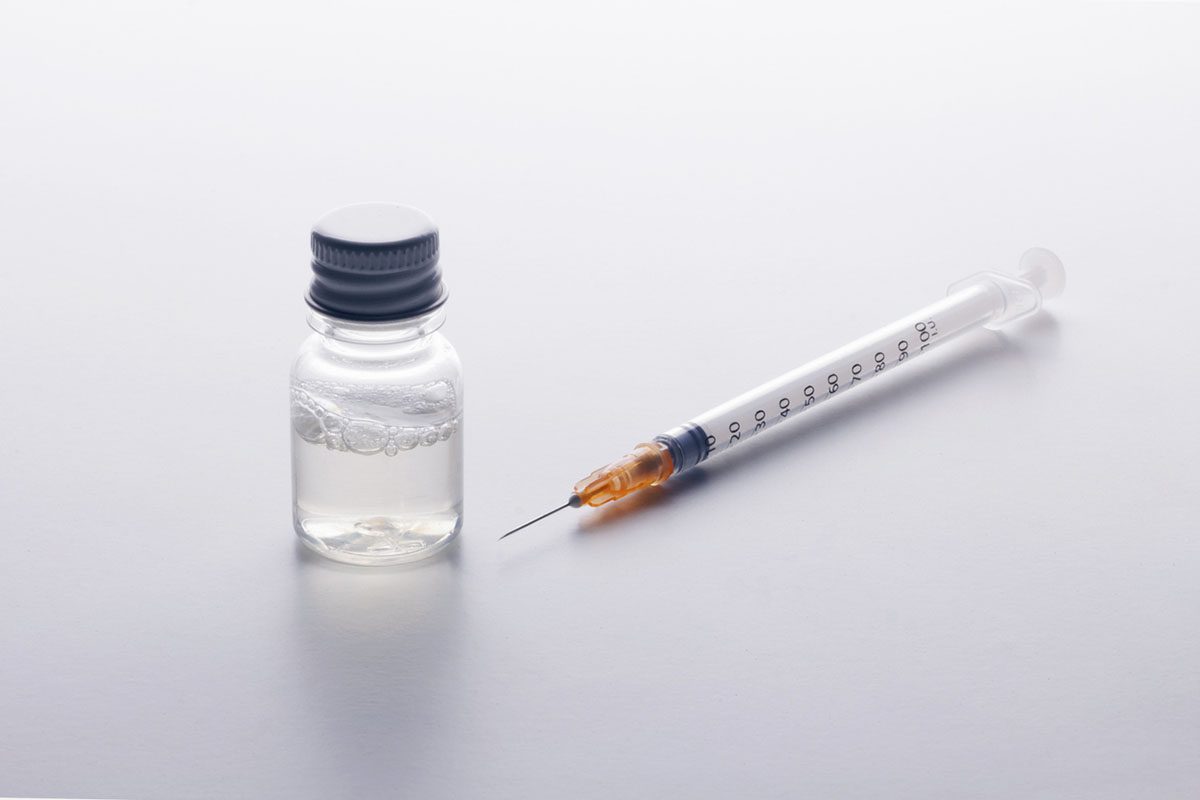Exposure to Potent Hallucinogens in an Adolescent: A Case for High Index of Suspicion
To the Editor: Use of hallucinogens among school-age children (grades 8, 10, and 12) has been declining.1 However, because hallucinogen use has a lifetime prevalence of 5% in this age group, hallucinogens continue to be a serious public health concern.1 Within the class of hallucinogens, the use of lysergic acid diethylamide (LSD) has declined compared to the other agents such as psilocybin.1 Even though the perceived risk of LSD has declined in recent years, the decline in its use may be partially attributable to its reduced availability.1 As with other drugs of abuse, reduced availability of LSD has prompted introduction of more potent, more dangerous, and cheaper alternatives. We report a suspected case of one such alternative, phenethylamine derivative 25I-NBOMe (2-(4-iodo-2,5-dimethoxyphenyl)-N-[(2-methoxyphenyl)methyl]ethanamine), commonly known as N-Bomb. To the dismay of public health advocates, 25I-NBOMe is reported to be gaining traction with adolescents and young adults.2 Although in this case the use of 25I-NBOMe was not confirmed with laboratory testing, the clinical presentation and an otherwise negative serum drug profile were highly suggestive of the use of this novel agent.
Case report. Seventeen-year-old Mr A presented to the emergency department after ingesting "acid." He described ingesting a blotter paper stained with the psychoactive agent after keeping it on his tongue "for a while." After ingestion, he became acutely combative toward his friend, who called police, and the patient had to be restrained. The use of drugs prompted a call to emergency medical services, and emergency medical personnel found him to be diaphoretic, flushed, mydriatic, and combative. In the emergency department, he required multiple staff to restrain him for safety concerns. He continued to be diaphoretic and aggressive, screamed incoherently, reported active hallucinations, and thrashed his limbs. Baseline laboratory testing revealed an elevated serum creatine phosphokinase (CPK) level of 2,064 U/L; results of the rest of the tests were within normal limits. A urine drug screen was negative for the use of alcohol, amphetamine, barbiturates, benzodiazepines, cocaine, opiate, salicylates, and tetrahydrocannabinol. In the emergency department, the patient received a bolus of normal saline, haloperidol 5 mg, and lorazepam 2 mg intramuscularly. While on the medical floor, the patient received continuous intravenous hydration and tolerated oral intake. By second day of hospitalization, his serum CPK level dropped to 1,099 U/L, and the patient did not develop signs of acute renal failure. The clinical presentation was deemed to be inconsistent with the use of LSD, and, after a consultation with the toxicology service, it was determined that the patient ingested a synthetic phenethylamine, most likely 25I-NBOMe.
Intoxication with synthetic phenethylamine derivatives such as 25I-NBOMe leads to mixed adrenergic and serotonergic symptoms. It is suggested that 25I-NBOMe may be a more potent serotonin-2A (5-HT2A) agonist than many of the previously available phenethylamine derivatives.3 Patients may present with anxiety, agitation, aggression, hallucinations, mydriasis, diaphoresis, hypertension, tachycardia, and serotonin syndrome.3 Patients have to be monitored for development of more serious effects such as tonic-clonic seizures and rhabdomyolysis leading to renal failure.3
As in this case, a high index of suspicion for newer, more dangerous synthetic hallucinogens is necessary to manage patients who present with atypical presentation of reported LSD use. Treatment options such as aggressive hydration to manage metabolic acidosis and developing renal failure, benzodiazepines, and external cooling for nonresponsive pyrexia may be considered depending upon unique clinical presentation. Serotonergic agents such as selective serotonin reuptake inhibitors should be prevented and withheld during the toxidrome, as these patients are at an elevated risk of developing serotonin syndrome due to the excessive serotonergic activity of synthetic phenethylamine derivatives. In cases of suspected toxicity, a clinical consultation from the toxicology service should be requested. Specific laboratory testing may also be considered for analytical confirmation.2,3 Finally, patients, families, first responders, and providers should be educated about the dangers of these novel compounds that may carry a risk of severe morbidity and mortality within a short time span after exposure.
References
1. Johnston LD, O’ Malley PM, Bachman JG, et al. Monitoring the Future National Results on Drug Use: 2012 Overview, Key Findings on Adolescent Drug Use. Ann Arbor, MI: Institute for Social Research, The University of Michigan; 2013.
2. Rose SR, Poklis JL, Poklis A. A case of 25I-NBOMe (25-I) intoxication: a new potent 5-HT2A agonist designer drug. Clin Toxicol (Phila). 2013;51(3):174-177. PubMed doi:10.3109/15563650.2013.772191
3. Hill SL, Doris T, Gurung S, et al. Severe clinical toxicity associated with analytically confirmed recreational use of 25I-NBOMe: case series. Clin Toxicol (Phila). 2013;51(6):487-492. PubMed doi:10.3109/15563650.2013.802795
Author affiliation: Henry Ford Behavioral Health Services, Henry Ford Health System, Detroit, Michigan.
Potential conflicts of interest: None reported.
Funding/support: None reported.
Published online: October 24, 2013.
Prim Care Companion CNS Disord 2013;15(5):doi:10.4088/PCC.13l01552
© Copyright 2013 Physicians Postgraduate Press, Inc.





